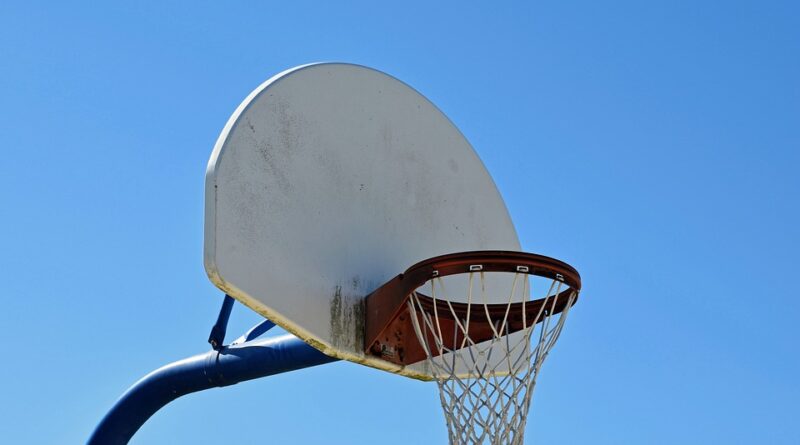Step Up Your Game: Essential Basketball Recovery Techniques
Step Up Your Game: Essential Basketball Recovery Techniques
Basketball is a demanding sport that requires strength, agility, and endurance. Whether you are playing at the amateur level or are a professional athlete, it’s important to prioritize recovery to maintain peak performance and prevent injuries. In this article, we will discuss essential basketball recovery techniques that will help you stay in top shape and continue to excel on the court.
1. Rest and Sleep
One of the most important aspects of recovery is getting enough rest and sleep. Sleep is essential for muscle repair and growth, as well as for overall recovery of the body. Aim to get 7-9 hours of quality sleep each night to allow your body to recover from the physical demands of basketball. Additionally, incorporating rest days into your training schedule is crucial to prevent overtraining and reduce the risk of burnout.
2. Hydration
Proper hydration is key to recovery and overall performance. Basketball players sweat heavily during games and practices, so it’s important to replenish lost fluids by drinking water throughout the day. Dehydration can lead to decreased performance, muscle cramps, and fatigue. Aim to drink at least 8-10 glasses of water daily, and consider incorporating sports drinks with electrolytes during intense workouts to help replenish lost minerals.
3. Nutrition
Eating a well-balanced diet is crucial for basketball players to support recovery and fuel performance. Make sure to include a mix of carbohydrates, protein, healthy fats, and plenty of fruits and vegetables in your meals. Carbohydrates provide energy for workouts, while protein helps repair and build muscle. Additionally, consuming post-workout snacks or meals that are rich in protein and carbohydrates can help kickstart the recovery process.
4. Stretching and Mobility
Incorporating stretching and mobility exercises into your routine can help prevent injuries and improve overall performance on the court. Flexibility training can improve range of motion, reduce muscle stiffness, and enhance recovery. Include dynamic stretching before workouts and static stretching after workouts to help loosen tight muscles and improve flexibility.
5. Foam Rolling
Foam rolling is a self-myofascial release technique that can help relieve muscle tension, improve circulation, and speed up recovery. Using a foam roller on tight or sore muscles can help break up muscle knots and adhesions, leading to decreased muscle soreness and improved flexibility. Incorporate foam rolling into your post-workout routine to maximize its benefits.
6. Ice Baths and Compression Therapy
Ice baths and compression therapy are popular recovery techniques used by many athletes to reduce muscle soreness and inflammation. Ice baths involve immersing the body in cold water for a few minutes, which can help constrict blood vessels and reduce swelling. Compression therapy, such as wearing compression garments or using compression boots, can help improve circulation and alleviate muscle soreness. Consider incorporating these techniques into your recovery routine to expedite muscle recovery.
7. Active Recovery
Engaging in light physical activity on rest days can help promote recovery by increasing blood flow, flushing out lactic acid, and reducing muscle stiffness. Active recovery exercises can include walking, cycling, swimming, or participating in yoga or Pilates. Incorporating low-impact activities on rest days can help improve recovery and prepare your body for the demands of basketball training and games.
8. Mind-Body Techniques
Mental recovery is just as important as physical recovery for basketball players. Incorporating mind-body techniques such as meditation, deep breathing exercises, or visualization can help reduce stress, improve focus, and enhance overall well-being. Taking time to relax and unwind can help recharge your mind and body, leading to improved performance on the court.
In conclusion, prioritizing recovery is essential for basketball players to maintain peak performance, prevent injuries, and continue to excel on the court. By incorporating the essential recovery techniques discussed in this article, you can enhance your overall well-being, improve your physical conditioning, and maximize your potential as a basketball player. Remember to listen to your body, adjust your recovery routine as needed, and make recovery a priority in your training regimen. Step up your game by implementing these essential basketball recovery techniques and watch your performance soar.






